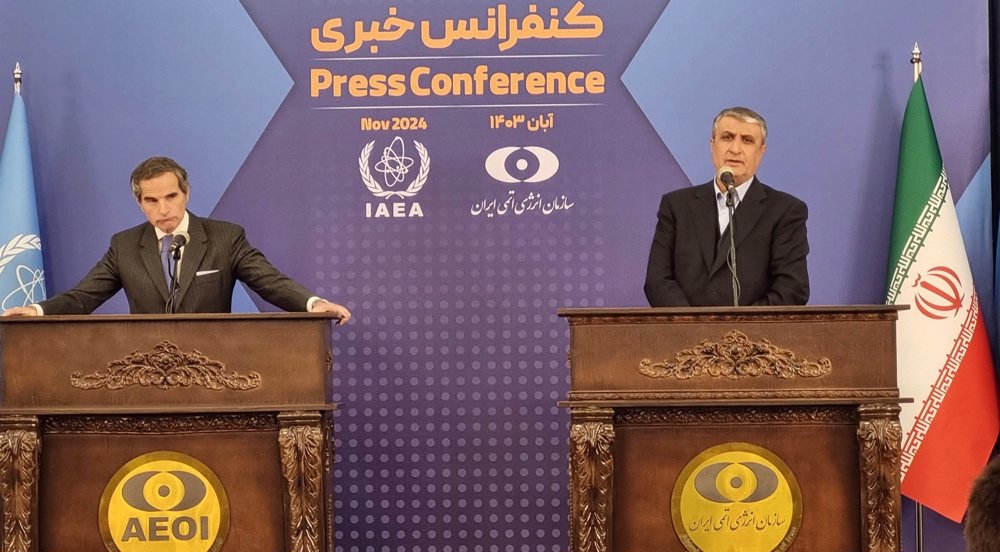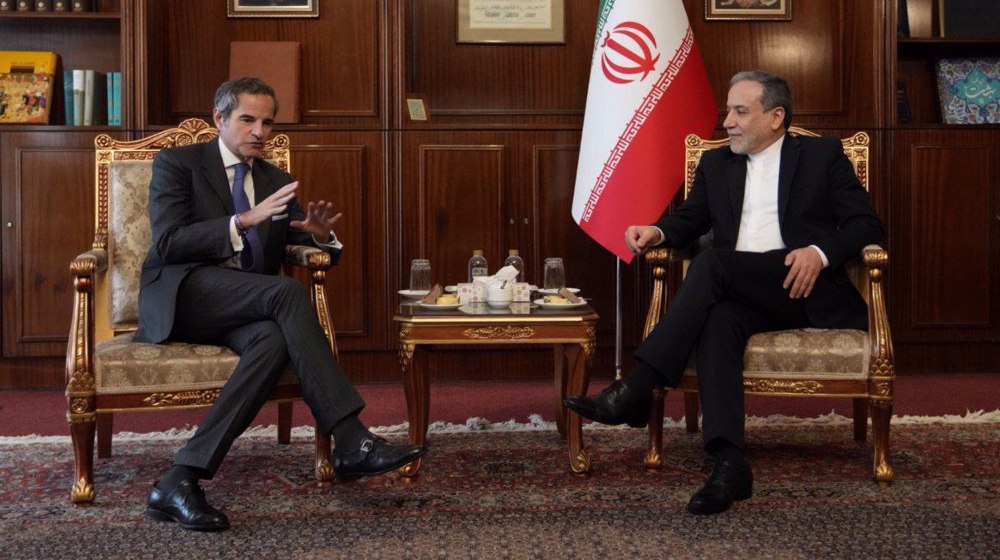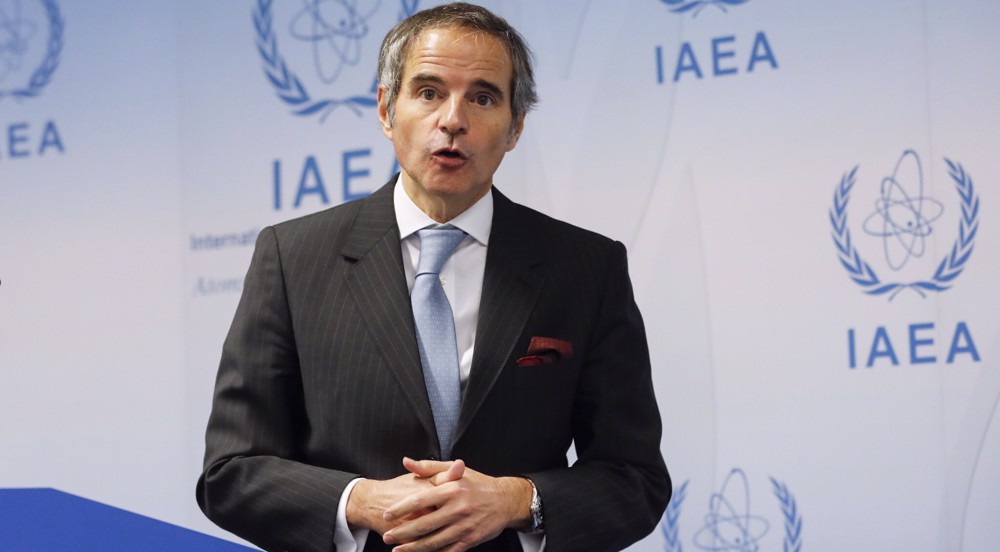Iran sends low-enriched uranium to Russia under nuclear agreement
Iran has shipped its stockpile of low-enriched uranium to Russia as a key step in fulfilling its commitments under a landmark nuclear agreement clinched between Tehran and the P5+1 group of countries.
The Monday export of uranium took place within the framework of the Joint Comprehensive Plan of Action (JCPOA), an agreement reached between Iran and the P5+1 – the United States, Britain, France, China and Russia plus Germany – in the Austrian capital Vienna on July 14.
Confirming the news, US Secretary of State John Kerry said, “The shipment included the removal of all of Iran’s nuclear material enriched to 20 percent that was not already in the form of fabricated fuel plates for the Tehran Research Reactor."
"This removal of all this enriched material out of Iran is a significant step toward Iran meeting its commitment to have no more than 300 kilograms of low-enriched uranium," Kerry added.
He noted that Iran had sent "over 25,000 pounds (over 11 metric tons) of low-enriched uranium materials" to Russia.
Also on Monday, Russia’s Tass news agency quoted a Russian diplomatic source as saying that "this procedure has been completed."
Separately, Head of the Atomic Energy Organization of Iran (AEOI) Ali Akbar Salehi told the ISNA news agency that the process of fuel swap had been carried out.
According to ISNA, Iran sent “8.5 tons” of low-enriched uranium to Russia, and had earlier received "around 140 tons” of yellowcake in return.
Salehi confirmed on December 16 that Iran had received Russia’s consignment of yellowcake.
The Iranian official also noted that since the country cannot stockpile more that 300 kilograms of enriched uranium, it should either dilute its extra enriched uranium or sell it to other countries.
The decision to export low-enriched uranium from Iran to Russia was reached within the framework of the JCPOA. Under the agreement, limits will be put on Iran’s nuclear activities in exchange for, among other things, the removal of all nuclear-related economic and financial sanctions against the Islamic Republic.
The lifting of sanctions will happen after the International Atomic Energy Agency (IAEA) confirms that Iran has met all commitments. That stage of the accord, known as the implementation day, is expected sometime next month.
Hezbollah attacks Israeli military bases in Tel Aviv, Haifa
Hezbollah strikes multiple Israeli targets in fresh retaliatory operations
VIDEO | New Zealand: Maori MPs protest in parliament with Haka war dance
Pezeshkian: World has come to believe Iran seeks peace, security
Houthi: US bombs inflame, escalate wars of extermination in West Asia
VIDEO | Press TV's news headlines
UN report says Israel’s methods in Gaza align with ‘genocide’
Attempts to dehumanize Hamas resistance movement doomed to fail















 This makes it easy to access the Press TV website
This makes it easy to access the Press TV website